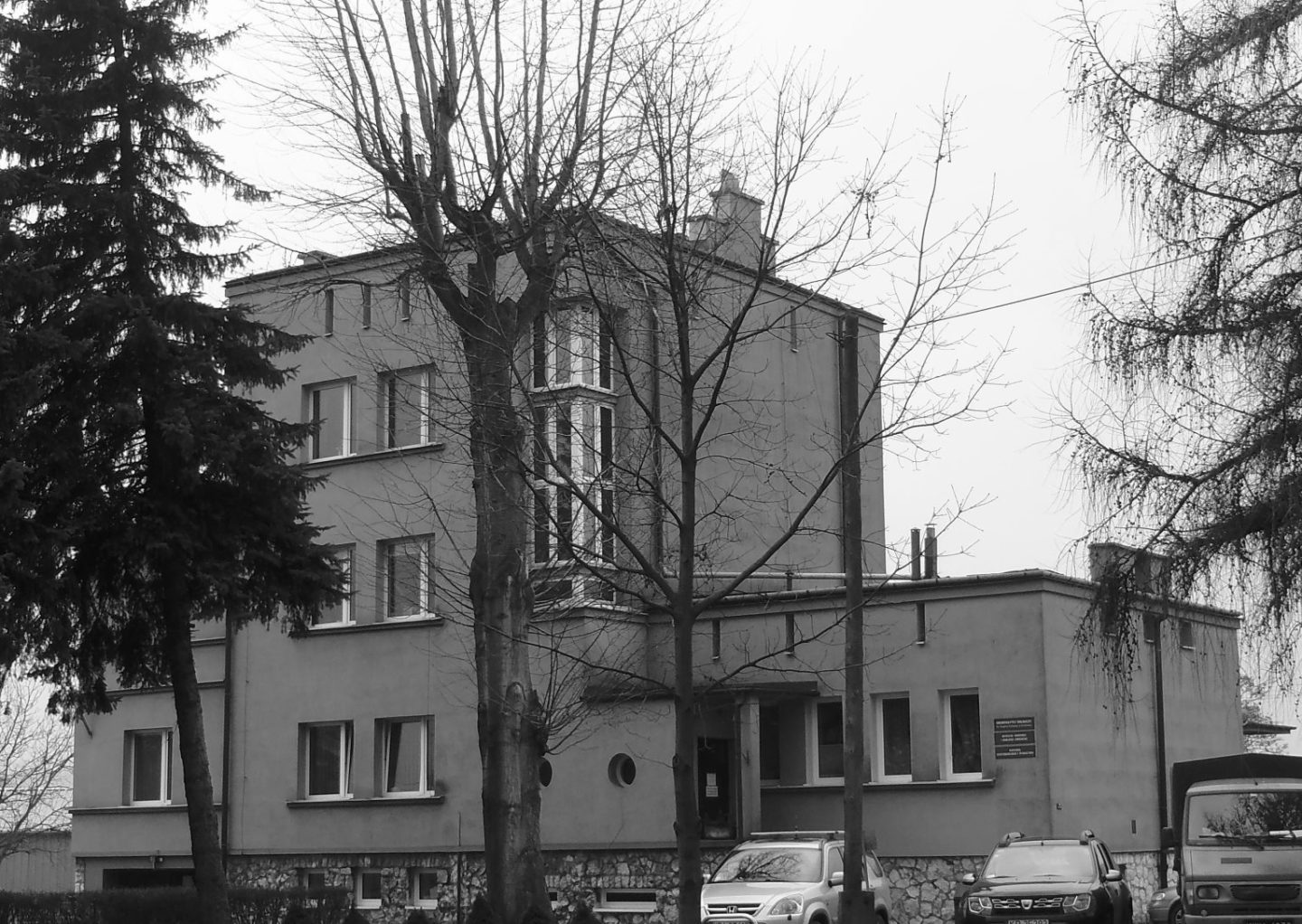
Title
‘The Glass House’ The architecture and ideological meaning of Ignacy Mościcki’s Hall of Residence in Kraków
https://miejsce.asp.waw.pl/en/szklany-dom-3/
Abstract
The 2nd Hall of Residence in Kraków, erected in the twenty-year interwar period, was at the time the biggest facility of this kind in the city. Not only did it play a vital role in solving residential problems of the students in Kraków, but also had an ideological significance. It was named after the president, Ignacy Mościcki and built in a representative district of the city.
The edifice was built in stages. Its construction started in 1924 and was cut short by the outbreak of World War II. Such a long time of construction and the change of the leading architect (Wacław Krzyżanowski was replaced by Stefan Piwowarczyk) led to several alterations in the design. Krzyżanowski had initially planned a monumental appearance for the elevation and wanted to use a giant order articulation and details influenced by historicism. In 1929, in his second version of the project, he used the motives typical for the so-called ‘Polish Art Deco’ known as the last ‘national style’ supported by then-contemporary authorities. Piwowarczyk, the succeeding designer of the 2nd Hall of Residence, simplified and modernised the elevation by limiting the use of decorative details and introducing primarily vertical elements. The alterations the building’s design underwent can illustrate the changes in Kraków’s architectural circles in the 1920s and 1930s.
The construction of Ignacy Mościcki’s Hall of Residence was one of the most important undertaking of the Mutual Help Society of the Students of the Jagiellonian University which later changed its name to Brotherly Help Society. Their main goal was to address the student housing crisis as well as to create favourable conditions for the development of Polish science and prepare young citizens to work for their country. The exceptional ideological character of the building was emphasised by referring to it with the term ‘The Glass House’. In Polish interwar culture, this term was strongly associated with modernity, egalitarian society and the strength of the newly reborn Polish state. Thus, a question can be raised whether Wacław Krzyżanowski, when designing the Hall of Residence in Art Deco style abundant with crystal forms, deliberately tried to evoke the ideas epitomised by that term.
This article is only available as an abstract in the English version of our magazine.
Maria Jastrzębska
Historyk sztuki, absolwentka Instytutu Historii Sztuki Uniwersytetu Jagiellońskiego. Przedmiotem jej zainteresowań badawczych jest architektura polska pierwszej połowy XX wieku i jej kontekst społeczny, ze szczególnym uwzględnieniem Krakowa.














